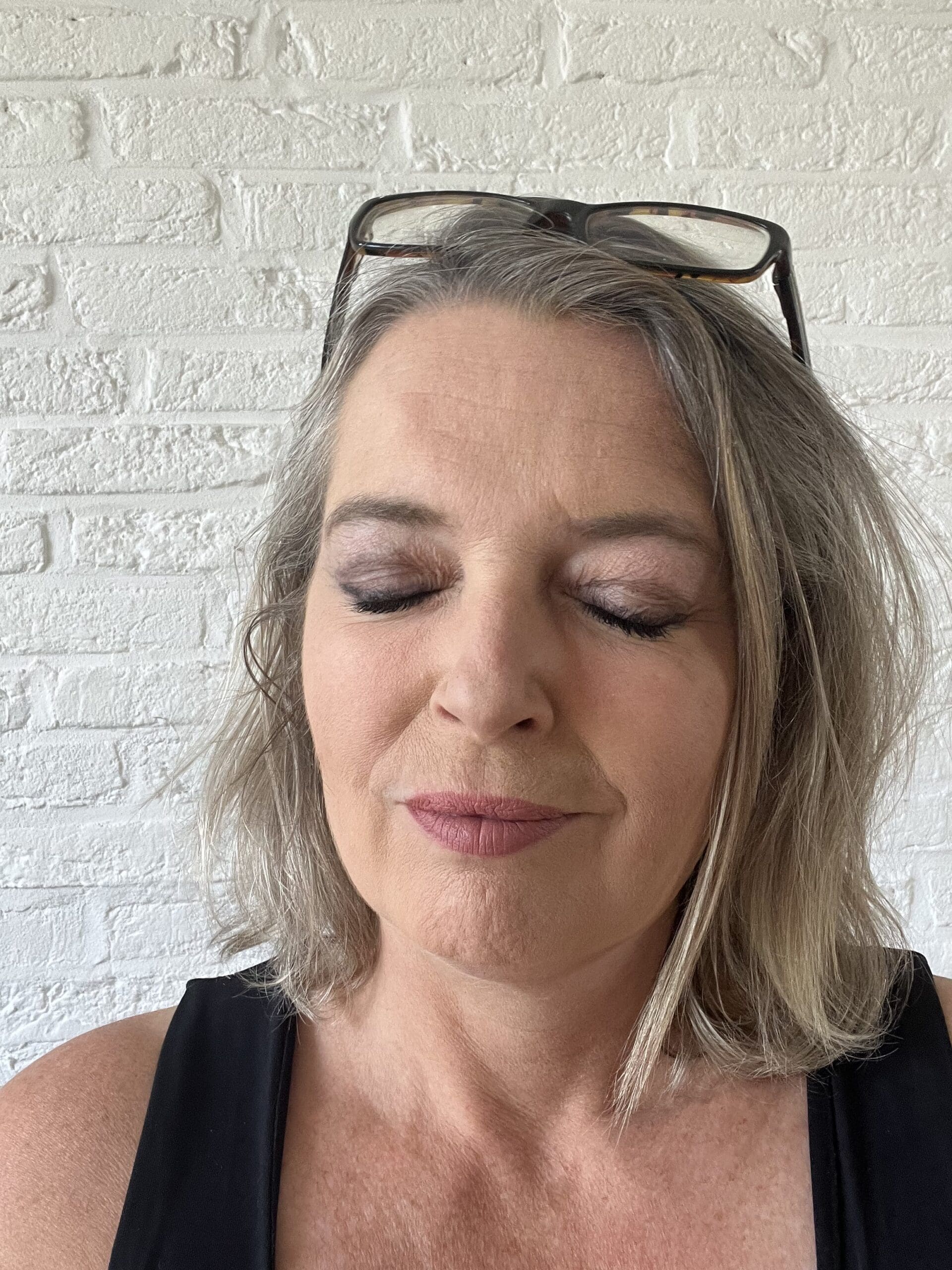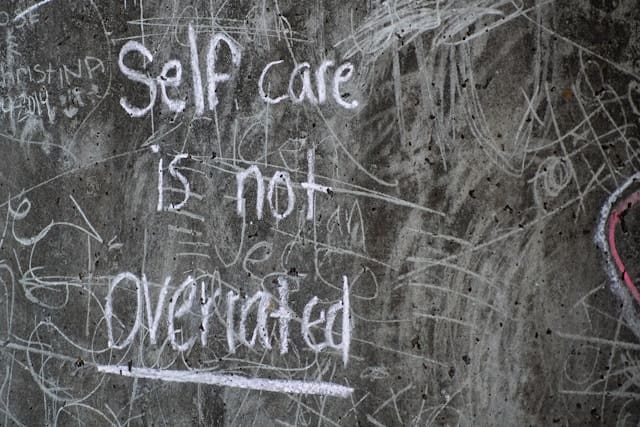By Dr. Femke E. Bakker
One of the hardest things about selfgentleness is knowing where to begin. After all, we’ve spent years, sometimes decades, ignoring our own needs. So how do we start listening?
The answer is simple, but powerful: tuning in.
How to tune in?
Tuning in is the core practice of selfgentleness. It means pausing, noticing what’s happening inside you, and allowing yourself to truly feel it. Without judgment, without trying to fix it. Just witnessing what’s here. It’s deceptively simple. No special tools. No perfect conditions. Just a few seconds of presence. All you need is 1 or 2 minutes where you can be with yourself. On your commute. Waiting in line. In the restroom.
Why tuning in matters
When you learn to tune in, you learn to listen to yourself again. You become aware of what you don’t want and what you do want. And that changes everything.
You no longer live by old rules or push through by default. Instead of reacting, you begin to respond. You remember you have a choice. A voice. A need that matters. Even if you do nothing else, when you know how to tune in, you already have what you need to begin living more selfgently.
A daily tuning-in practice
If you’ve downloaded the Selfgentleness Starter Guide, this will sound familiar. But if you haven’t yet, here’s a simple way to start:
Find a quiet moment (even 30 seconds is enough).
Close your eyes and take a deep breath.
Ask yourself:
What am I feeling right now?
What do I need?
Then just listen. No fixing. No judgment. Just noticing.
You might feel something clear. You might feel confused. That’s ok. The act of listening is what matters.
Try this once a day for a week. And notice what begins to shift. Not because you’re forcing change, but because you’re building relationship. With yourself.
And when you are ready to take it a step further, you can try Step 2: Acknowledging your needs. Read more here or here for Step 3: Honoring your needs.
A tip for deeper practice
Journaling can be helpful. After tuning in, write down whatever came up. Not to analyze, just to process. When you write with your hand, you engage with a deeper internal process besides structuring your thoughts. It’s a clear message to yourself that from now on, your feelings, needs and desires matter. And when you read back what you wrote, you might even become aware of patterns, pain points, and possibilities you didn’t think of before.
And if you tune in and realize you need something that feels big or scary or unfamiliar? That’s ok too. Acknowledging it is already a huge first step. Don’t forget that you’ve bee living your life in a particular way for many years. Changing that will take some time. Be selfgentle, also in this process. Because selfgentleness is a lifelong process-in-progress. You don’t have to do it perfectly. You just have to begin.
Want support as you begin?
The Selfgentleness Starter Guide + Meditation can help. Inside, you’ll find:
- A printable PDF with the 3-step process (Tune In – Acknowledge – Honor)
- A private audio you can use anytime you need support to tune in
- A simple, powerful way to show up for yourself in daily life
Click here to get it for free →
Be selfgentle,
All love, Femke
P.S. What might also be helpful is to make a special moment during the day to Tune in. Take also a look at the selfgentleness evening and morning practices.





